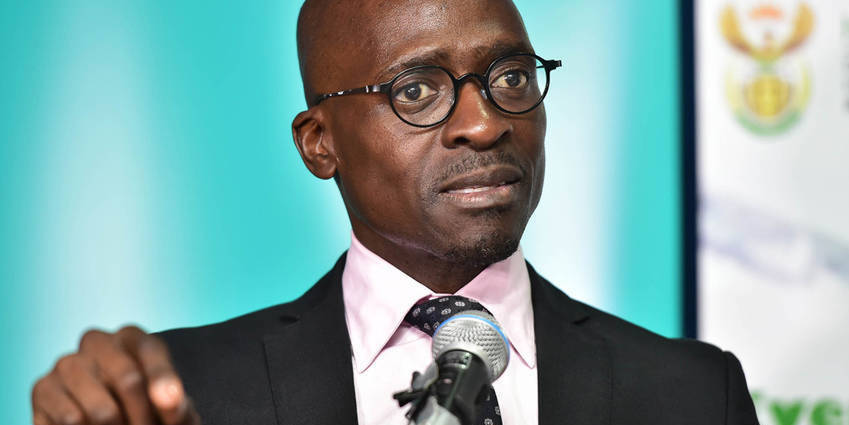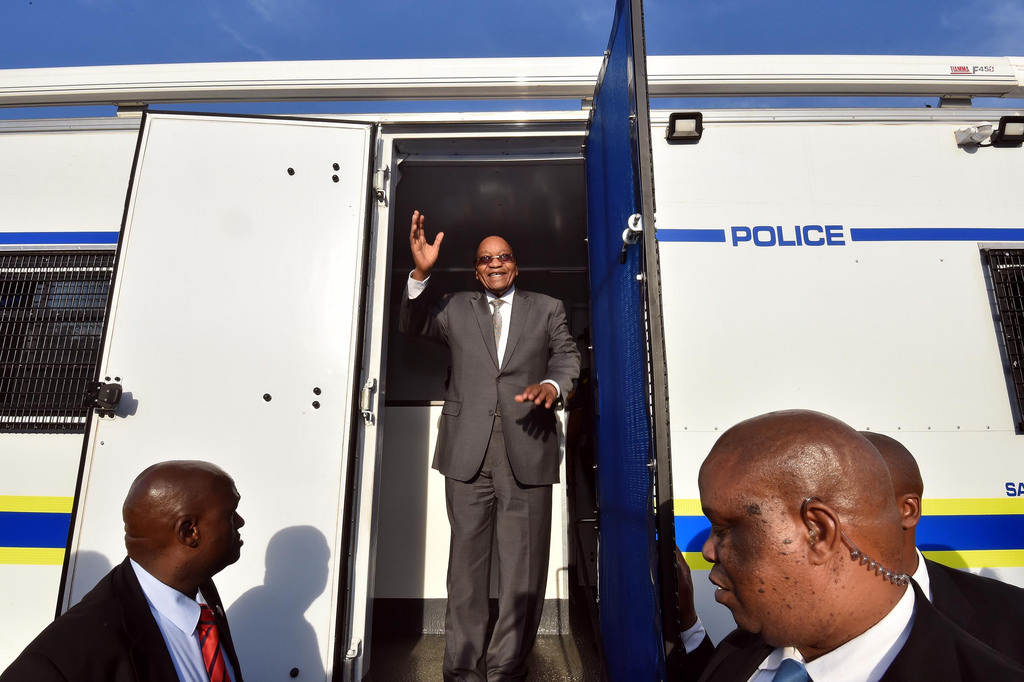News
Op-Ed: Six steps to fix South Africa's Economy
Since we published 'How South Africa Works' two years ago, the country's economic environment has deteriorated, a consequence of the imperative of staying in power trumping policies that could promote investment and employment. So what to do?

Director, The Brenthurst Foundation

Former President and CEO of the NEWSEUM, USA

A different party will, crucially, have to be in power: either a reformed ANC or another political party altogether. Otherwise, it is unlikely to expect a positive change in the country’s economic trajectory even without President Jacob Zuma.
But presuming the politics are right, here are six steps to getting the economy back on a growth path, in order of magnitude and priority. In this, it is evident that both growth and jobs are necessary (rather than one or the other). There is, moreover, a strong presumption that major new policies have to be judged by their ability to affect the core economic problems in the country, especially the 37% of the workforce that is unemployed.
As a first step, there is a need to produce a clear economic policy vision and adopt consistent policies to implement that vision.
Policy uncertainty is probably the number one job killer in South Africa right now. Obviously, a more open policy that doesn’t demonise the private sector or foreigners would have quicker results in generating economic growth. Specifically, the government would do itself enormous favours by spelling out its goals on the basket of property rights issues, including land, agricultural reform, and intellectual property rights. The government could also become a much more attractive place to do business if it adopted much cleaner, simpler and consistent rules on much that drives the economy – ranging from BEE to sector codes, import requirements, and so on.
Second, South Africa badly needs to improve its fiscal situation to retain the confidence of financial markets and future investors, and to restore the confidence of its constituents. Applying existing tools (such as the public protector and the auditor-general) would do a lot to reduce “irregular” expenditure, providing an immediate boost to the bottom line that could be reinvested in more productive areas (such as those above), while also immediately improving confidence.
Third, there is a need to adopt a co-ordinated, coherent infrastructure investment and upgrade plan, including on road, rail and ports, which is married to key policy changes. In addition to creating jobs, the net effect would be to make South Africa significantly more competitive, in particular by lowering the cost of transportation in and out of the country. More important than anything in today’s world are speed and cost to the customer.
Here it is necessary, too, for South Africa to adopt an infrastructure geared to its manufacturing and agricultural sectors, rather than only the mining sector. This demands thinking through infrastructure requirements, and adopting the right policies to maximise those investments. For example, smart ports could be linked with other smart city investments; regional airport investments should be linked to road and rail planning, and to visa and aviation policies like open skies (which remains confusingly both a continental priority and chimera) for passengers and cargo.
Fourth, the country needs to take steps to harness the pending energy revolution: South Africa is considering moving ahead to allow the installation of rooftop solar panels (already an emerging market), as well as adopting a natural gas economy. Taking the policy decisions to move ahead with both would create large numbers of construction and technical jobs. It would also unleash significant productivity gains for consumers and companies, while opening the door to expanding and creating new industries.
Such an approach would also allow South Africa to usher in a formal transition for the (probably) fatally wounded Eskom, which now looks akin to a bad bank after a financial collapse. South Africa is very much an outlier in maintaining a state enterprise monopoly. Rather than die a slow and expensive death, now is a great time to set up different units. One solution is to form a core transmission company, freeing distribution for cities and/or the private sector, and allowing generation to separate into a combination of private sector suppliers and a rump Eskom. These reforms would represent a move away from the current, misguided approach that new energy must pay for old bad investments.
A fifth step would focus on the knowledge economy. Providing greater access to the wireless spectrum would lower the high cost of data, immediately boosting competitiveness of existing companies, and at a pen stroke helping encourage the creation of new start-ups. This stance would also create some short- and medium-term construction jobs for fibre and towers.
And six, while SA dominates regional trade in the Southern African Development Community, it is still only operating at a portion of its potential. The SA government operates a contradictory set of policies, favouring protection in some sectors and cases, while seeking to foster exports and outward investment in others. It could do more to spur regional trade volumes in both goods and services by simplifying and streamlining its trade policies, at the same time thinking through its 21st century aims and objectives. Examples of poorly thought-out measures abound, but the “Letters of Authority” required to import almost anything with a plug bear an eerie resemblance to the visa policy that choked off tourism.
There are other items, including addressing the competitiveness of labour improvements to long-term education and skills that are also important. However, tackling those will take a real sense of partnership with society and business, reliant on a sense of trust that is currently lacking. They will also take money and time. Pursuing the policies above would give a government some time and space to do that.
This article was originally published in The Daily Maverick.


